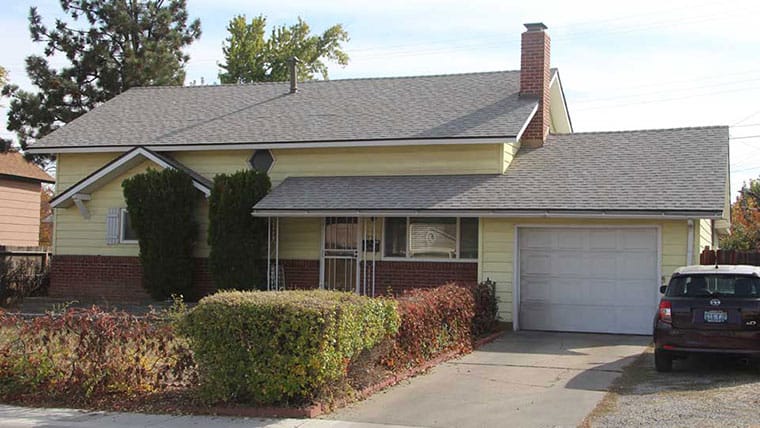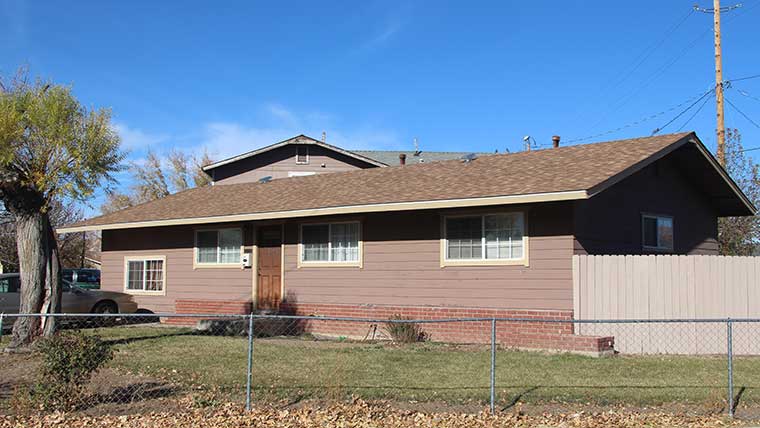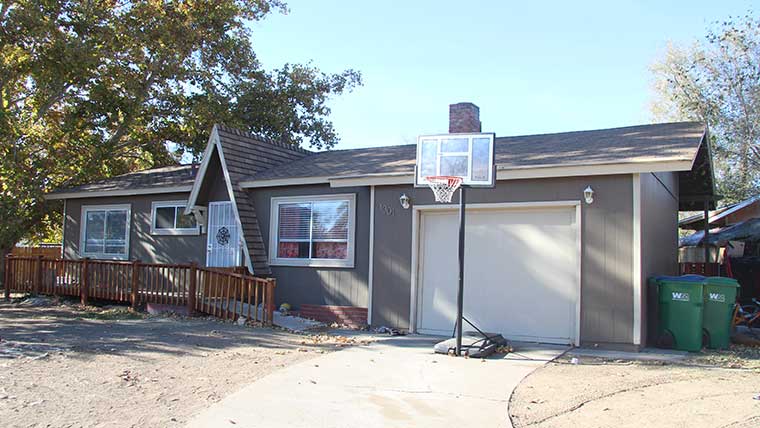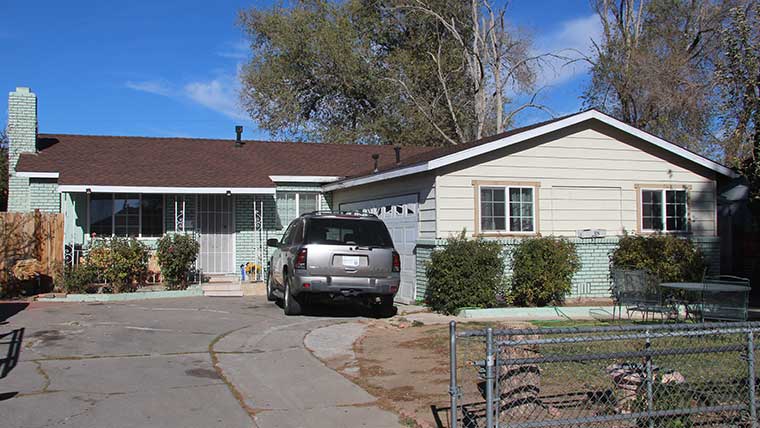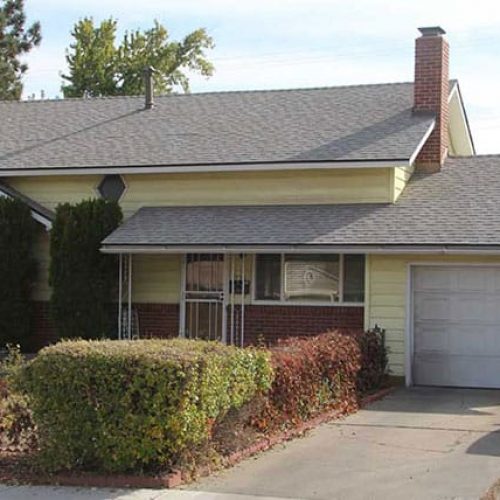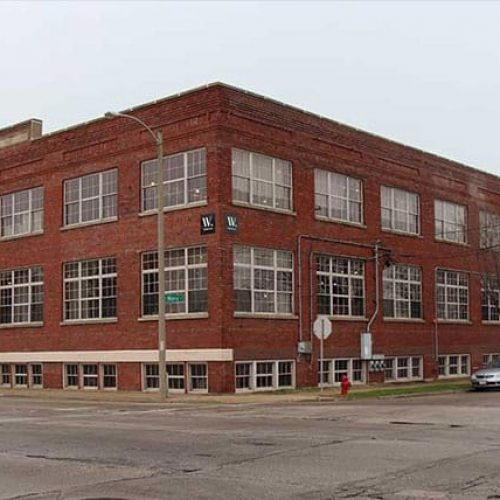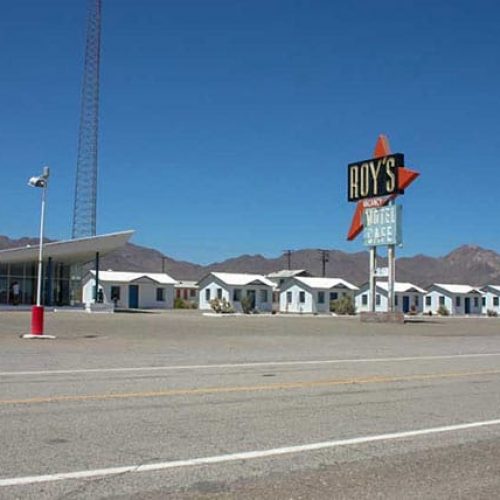As part of environmental review, the Nevada Department of Transportation (NDOT) needed to evaluate the historical significance of more than 1,400 properties in downtown Reno to comply with Section 106 of the National Historic Preservation Act. Known as the “Spaghetti Bowl,” the area of potential effects for the U.S. Highway 395/I-80/I-580 interchange project contained six subdivisions constructed after World War II.
NDOT needed National Register evaluations competed on an expedited schedule, which meant our team had to streamline the necessary work. Our expertise in postwar residential history and architecture greatly assisted in meeting NDOT’s tight schedule.
We used the National Cooperative Highway Research Program’s Report 723, A Model for Identifying and Evaluating the Historic Significance of Post–World War II Housing, which Mead & Hunt helped author. This report provided a framework to guide research and efficient survey and evaluation more than 650 single-family residences in the six subdivisions. Our team completed detailed historic contexts and documented the distribution of architectural styles and forms, using GIS to illustrate the results on inventory forms for each postwar subdivision.

